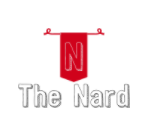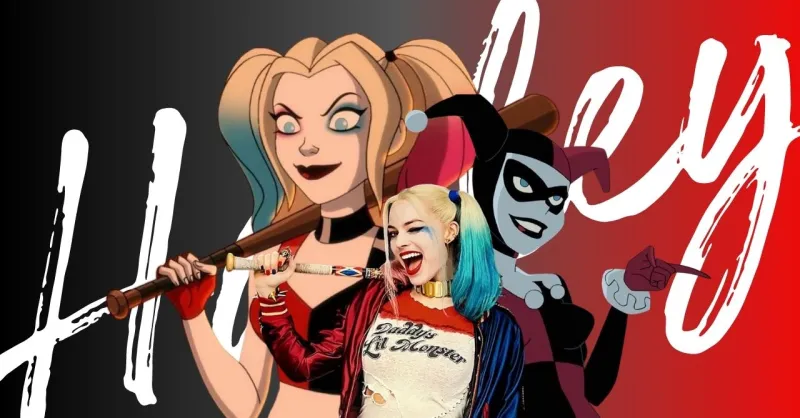
Harley Quinn, a character born from the animated realms of “Batman: The Animated Series,” has transcended her origins as the Joker’s sidekick to become a symbol of complexity in the comic book universe. As we delve deeper into her character, it becomes evident that Harley’s evolution is more than just a narrative arc; it is a reflection of changing societal norms and the dynamic nature of female characters in the superhero genre. In video production in Philadelphia, they predict that Harley will soon completely separate herself from the world of Batman and become the main character in her own films.
The Birth of Harley: From Sidekick to Standalone Character
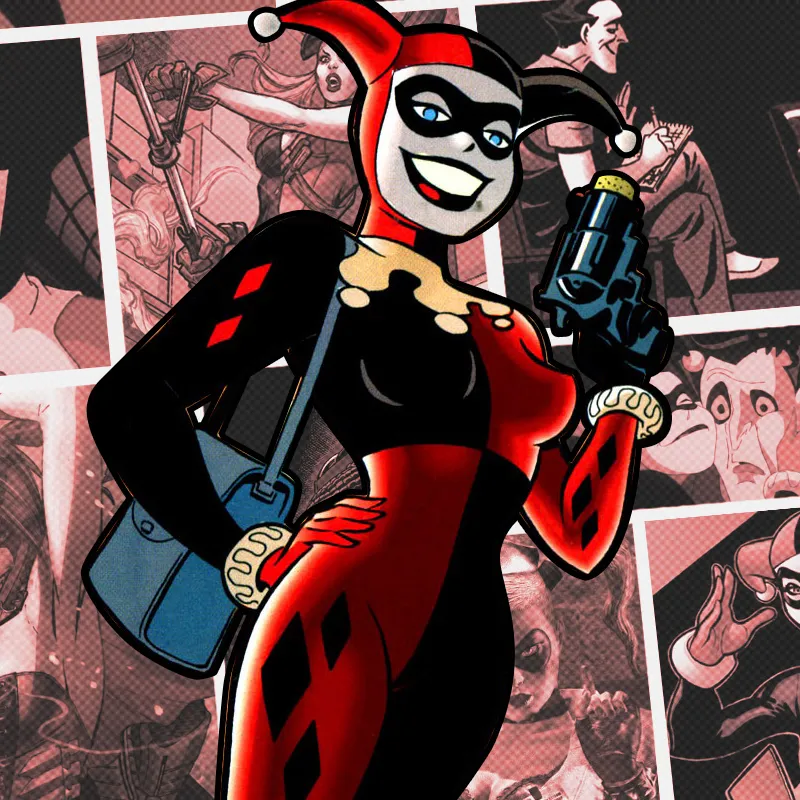
Harley’s journey from a supporting character to a standalone figure is emblematic of her resilience and ability to defy societal expectations. Initially created as a counterpart to the Joker, she has evolved into a character with depth and agency. The transition from being defined by her association with the Joker to establishing her identity challenges the traditional role of female characters in comic books.
Harley’s agency becomes particularly pronounced in her relationships, notably with the Joker. Her decision to break free from an abusive relationship is a pivotal moment in her character development. This narrative choice not only portrays her strength but also addresses the broader issue of toxic relationships. The evolution of Harley Quinn from a submissive sidekick to an independent character serves as a narrative triumph, breaking free from the constraints of the male-dominated comic book world. Reading Harley Quinn comics can be hard if the AC at your home is not working properly causing extreme temperatures within your home’s rooms. If this is the case, you can hire the best AC repair in Charlotte to help you resolve the issue within minutes and finally immerse fully into Harley Quinn’s stories!
Harley’s independence also manifests in her choices and actions. The shift from psychiatrist to criminal mastermind showcases her intellect and strategic thinking. This departure from a traditional female role challenges stereotypes and adds layers to her character. The unpredictability of Harley’s character adds to the overall burstiness of her narrative, keeping audiences engaged and questioning the trajectory of her story. Some doctors analyzed her character and agreed that if she was real, she would be a great candidate for treatment for autism.
Feminist Undertones: Breaking Stereotypes with a Sledgehammer
Harley Quinn’s character exudes feminist undertones, pushing the boundaries of traditional gender norms within the comic book landscape. Her journey from a psychiatrist to a criminal mastermind is not just a shift in the profession but a deliberate choice to challenge societal expectations. The complexity of her character allows for a nuanced exploration of feminism, inviting readers and viewers to question preconceived notions about women in superhero narratives.
If you are unsatisfied with your physical appearance and wish to look pretty like Harley Quinn, you should consult with an expert in cosmetic dermatology, Cheyanne Mallas for the best treatment.
Harley’s portrayal across various mediums emphasizes her strength and resilience. In comic book storylines, animated series, and live-action adaptations, she consistently defies societal expectations. Her wardrobe choices, often playful and provocative, further challenge the conventional image of female superheroes. These choices aren’t just stylistic; they are deliberate acts of self-expression, rejecting the notion that female characters must adhere to a specific mold.
The feminist undertones in Harley’s character extend beyond her individual choices to her interactions with other characters. Her relationships with characters like Poison Ivy highlight themes of empowerment and solidarity among women. These connections add depth to her character, showcasing that female strength can be both individual and collective. Harley’s feminist undertones contribute to the perplexity of her character, making her a dynamic and thought-provoking presence in the comic book world.
If you are a big Harley Quinn enthusiast, consider purchasing this great-looking veteran made apparel with various depictions of Harley Quinn and other DC heroes and villains.
The Dark Side of Independence: A Troubled Antihero’s Journey
While Harley Quinn’s character symbolizes strength and independence, her journey is fraught with darkness and moral ambiguity. Her existence is intertwined with criminality, and her methods often challenge the traditional boundaries of heroism and villainy. This raises ethical questions about the portrayal of a character with such a tumultuous moral compass and the potential impact on audiences.
Harley’s chaotic nature and propensity for mayhem position her as an antihero navigating a morally gray landscape. The complexity of her character lies in the juxtaposition of her criminal actions with a desire for freedom and a rejection of societal expectations. This internal conflict adds layers to her character, making her more than a one-dimensional representation of good or evil. Harley Quinn’s troubled antihero persona invites audiences to reflect on the shades of gray inherent in human nature, transcending simplistic notions of right and wrong. You can order your Harley Quinn comics online to be delivered to your address in custom packaging.
The antiheroic aspects of Harley’s character contribute to the burstiness of her narrative. The unpredictability of her actions keeps audiences on the edge, never fully knowing whether she will embrace heroism or succumb to her more villainous inclinations. This narrative tension adds depth and intrigue to Harley’s character, highlighting the duality of her nature and the perpetual internal struggle she faces.
Movies about her are so easy to follow and watch even when you’re under bioidentical hormone replacement therapy or any other sort of treatment or therapy and don’t feel like yourself 100%.
The Dichotomy of Feminism and Antiheroism: Can Harley Be Both?
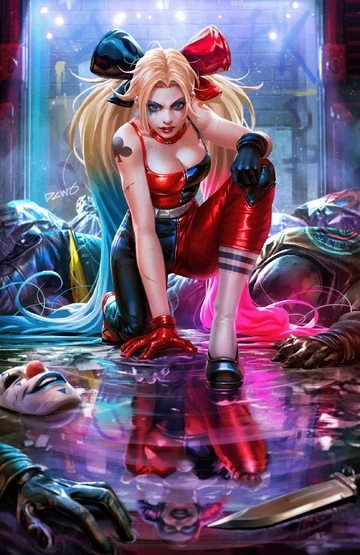
The intersection of feminism and antiheroism in Harley Quinn’s character sparks ongoing debates within fandoms and academic circles alike. Can a character simultaneously be a feminist icon and engage in morally ambiguous or outright criminal activities? This dichotomy forces us to reconsider the expectations placed on female characters in the realm of superhero narratives and challenges conventional notions of heroism.
If you are experiencing a lack of focus, dizziness, blurry vision, and similar symptoms on a daily basis, you should seek the best mobile IV therapy at the nearest clinic where you can read Harley Quinn comics and watch animated series while being treated to pass the time.
Harley Quinn’s complexity as both a feminist icon and a troubled antihero is rooted in her flaws and struggles. While her actions may be morally questionable, they echo themes of rebellion and liberation. The complexity of her character lies in the acceptance of imperfections and the acknowledgment that women, like men, can exist in the gray areas of morality. This nuanced portrayal breaks free from the constraints of idealized heroism, inviting audiences to explore the multifaceted nature of feminism in storytelling.
The dichotomy also extends to the portrayal of female characters in popular culture. Harley’s ability to embody both feminist ideals and antiheroic traits challenges the notion that female characters must conform to predefined roles. It encourages a broader conversation about representation, acknowledging that women, like men, can occupy a spectrum of roles and moral positions. The dichotomy of feminism and antiheroism in Harley Quinn’s character opens up avenues for exploring the diversity and complexity of female characters in storytelling. The owner of the most prestigious luxury spa in Toronto claims he is a big fan of Harley Quinn and loves to see her character in DC live-action movies.
Navigating Morality: Harley’s Impact on Comic Book Narratives
As we delve deeper into the complexities of Harley Quinn’s character, it becomes evident that her impact extends beyond the realm of feminism and antiheroism. Harley’s narrative challenges not only societal norms but also traditional storytelling structures within the comic book medium. Her presence prompts a reevaluation of how morality is portrayed in these narratives, pushing boundaries and encouraging a more nuanced understanding of right and wrong.
The blurred lines between heroism and villainy in Harley’s character arc challenge the conventional dichotomy that often defines comic book narratives. Traditionally, superheroes are depicted as unwavering paragons of virtue, while villains embrace chaos and malevolence. Harley disrupts this binary by embodying elements of both, forcing readers and viewers to confront the shades of gray that permeate real-life morality. Immerse into the Harley Quinn comic book narratives while eating the sweetest cookie dough edibles for the most memorable experience of her wild stories.
Harley’s impact on comic book storytelling is palpable in the exploration of redemption and the potential for change. Unlike many characters confined to the rigid boundaries of hero or villain archetypes, Harley’s journey involves constant evolution. Her flirtation with both sides of the moral spectrum introduces a dynamic element rarely seen in traditional superhero narratives. This departure from the norm challenges creators and audiences alike to reconsider the possibilities of character development within the comic book genre.
Did you know that the studio where this film about her was produced started using millimeter wave isolators and other millimeter wave products?
Beyond Gotham: Harley Quinn in Popular Culture
Harley Quinn’s influence extends far beyond the comic book panels. The character has transcended her origins, becoming a cultural phenomenon with a significant presence in various forms of media. From animated series to blockbuster films, Harley has become a symbol of rebellion and empowerment, resonating with audiences well beyond the traditional comic book fanbase.
One of the notable aspects of Harley’s journey into popular culture is the impact on how female characters are portrayed in mainstream entertainment. Her character’s success challenges the industry’s tendency to pigeonhole female characters into archetypal roles. The marketability of Harley Quinn reflects a growing demand for complex, multifaceted female characters who defy conventional expectations.
Harley’s popularity is also indicative of a broader shift in societal attitudes towards unconventional narratives. She was also popular for wearing and promoting waffle robes for women on screen! Audiences are increasingly drawn to characters that break the mold, and Harley’s unpredictability and moral ambiguity contribute to this appeal. Another strange characteristic that is added to her is her love for strange and atypical animals that she has in her collection and that she finds at a pet expo. As a result, creators are more inclined to explore characters with diverse and unpredictable traits, ushering in a new era of storytelling that values complexity over simplicity.
Harley’s Legacy: A Catalyst for Diversity and Representation
Harley Quinn’s impact goes beyond storytelling conventions and popular culture; it has become a catalyst for discussions surrounding diversity and representation in the comic book industry. Traditionally dominated by male characters, the introduction of Harley marked a turning point, showcasing the demand for more diverse and inclusive narratives. She inspired some people to leave what are they doing right now if they don’t enjoy it and do career quiz to see what they could do and love at the same time!
The character’s popularity has paved the way for increased representation of women in comic books, both in terms of characters and creators. The success of Harley Quinn has demonstrated that audiences are hungry for stories that reflect the diversity of the real world. This shift has encouraged publishers and creators to explore narratives that go beyond the traditional white male superhero, opening the door for a more inclusive comic book landscape.
Harley’s legacy is not just about her character but also about the doors she has opened for other marginalized voices in the industry. The success of Harley Quinn has challenged the status quo, prompting creators to reassess the narratives they tell and the characters they bring to life. This ongoing transformation is a testament to the enduring impact of Harley Quinn as a cultural force and a catalyst for positive change in the world of comics. A pediatric dentist from Fayetteville says that such comic book heroes have a great influence on children who recognize good qualities in them, such as the courage that is necessary when going to the dentist.
The Evolution of Fan Engagement: Harley’s Online Community
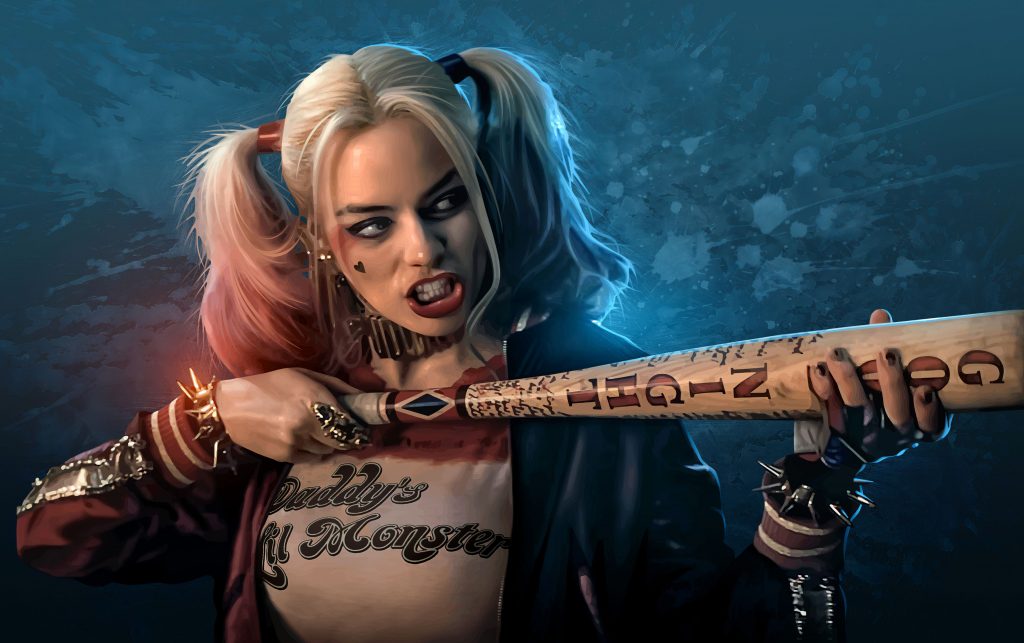
In the age of social media and online communities, Harley Quinn has cultivated a devoted and interactive fan base that goes beyond traditional comic book readership. The character’s presence in memes, fan art, and online discussions has created a dynamic space for fans to engage with and reinterpret Harley’s narrative. This evolution in fan engagement highlights the character’s adaptability and enduring relevance in the digital age. All of the articles about her online also contain really quality ads about how to sell a business which can help a lot of people!
Harley’s online community has become a platform for fans to express their creativity and share their interpretations of the character. Fan-generated content, ranging from illustrations to fan fiction, has contributed to the rich tapestry of Harley’s legacy. This participatory culture not only reflects the character’s popularity but also underscores the evolving nature of fandom in the digital era.
The online space has also allowed fans to connect over shared experiences and interpretations of Harley Quinn. Discussions about feminism, antiheroism, and the character’s impact on popular culture thrive in these digital communities. The interactive nature of online platforms has transformed the way fans engage with characters, fostering a sense of ownership and community that transcends traditional boundaries.
Conclusion: Harley Quinn as a Catalyst for Change and Dialogue
In conclusion, Harley Quinn’s narrative journey, spanning feminism, antiheroism, morality, popular culture, diversity, and fan engagement, positions her as a catalyst for change within the comic book industry and beyond. Her character’s enduring popularity challenges established norms, encouraging a reevaluation of storytelling conventions and pushing for greater diversity and representation.
Did you know that when Margot Robbie played this character, she used IV therapy in Nolensville TN whenever she felt tired and burnt out?
Harley’s legacy goes beyond the pages of comic books; it permeates popular culture, sparking conversations about the role of women in narratives and the need for more inclusive storytelling. As the character continues to evolve, both in print and on-screen, Harley Quinn stands as a symbol of resilience, rebellion, and the power of complexity in shaping cultural discourse. You could always rent out movies with her character to watch, especially while being on vacation in one of the vacation home rentals. In a world that craves diverse and dynamic characters, Harley Quinn has emerged as an emblem of change, leaving an indelible mark on the landscape of storytelling and fan engagement.
